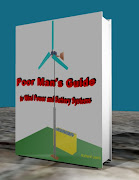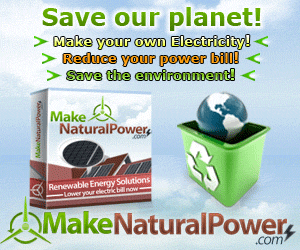What is Geothermal Energy?
>> Friday, September 12, 2008
Geothermal energy is literally the “heat from the Earth”. It is clean, green, renewable and sustainable. Geothermal is everywhere. Among renewable energy sources in the United States, geothermal is one of the biggest. In the U.S., geothermal energy accounts for most of the total energy production. It accounts five times more than solar energy and three times more than wind energy.
Geothermal energy resources range from the shallow ground to hot water and hot rock found a few miles beneath the Earth's surface. It has a range even deeper down to the extremely high temperatures of molten rock called magma.
Geothermal heat pumps tap into this resource to heat and cool buildings. A geothermal heat pump system consists of a heat pump, a heat exchanger (the system of pipes buried in the shallow ground near the building) and an air delivery system or ductwork. Here is how it works:
• In the winter, the heat pump removes heat from the system of pipes (heat exchanger) and pumps it into the indoor air delivery system.
• In the summer, just the reverse, the heat pump moves heat from the indoor air into the heat exchanger. The heat removed from the indoor air during the summer can also be used to provide a free source of hot water. (piping it thru a water heater)
Geothermal is a very simple principle and because of its stable source, which is Earth itself, it makes its use universal and one of the most versatile of all renewable energy sources. With the dawning of inexpensive technologies and the growing demand for renewable energy, consumer use of geothermal is growing rapidly.
Geothermal energy can be created for homes, businesses or apartment buildings to reduce energy waste and consumption, using a system described above. A large scale operation would be geothermal energy plants.













